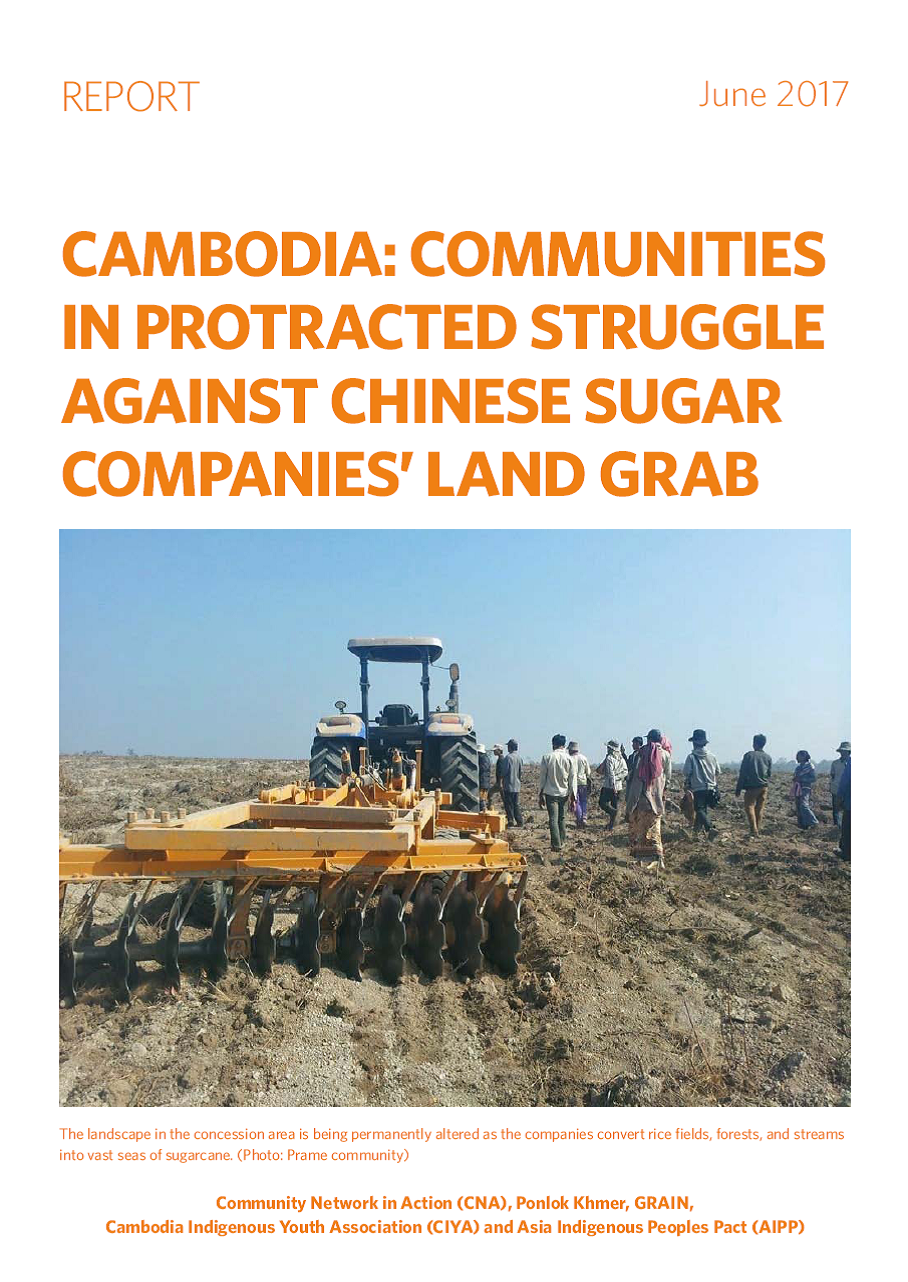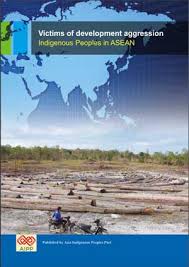Location
The Asia Indigenous Peoples Pact (AIPP) is a regional organization founded in 1988 by indigenous peoples' movements. AIPP is committed to the cause of promoting and defending indigenous peoples' rights and human rights and articulating issues of relevance to indigenous peoples. At present, AIPP has 47 members from 14 countries in Asia with 14 National Formations, 15 Sub-national Formations and 18 Local Formations. Of this number, 6 are Indigenous Women's Organizations and 4 are Indigenous Youth Organizations.
Our Vision
Indigenous peoples in Asia are fully exercising their rights, distinct cultures and identities, are living with dignity, and enhancing their sustainable management systems on lands, territories and resources for their own future and development in an environment of peace, justice and equality.
Our Mission
AIPP strengthens the solidarity, cooperation and capacities of indigenous peoples in Asia to promote and protect their rights, cultures and identities, and their sustainable resource management systems for their development and self-determination.
Our Goals
- To empower Indigenous peoples in Asia to promote and defend their human rights and fundamental freedoms and claim legal recognition to their identities, collective rights under UNDRIP and other international human rights instruments.
- To build the broadest solidarity and cooperation of indigenous peoples in Asia to strengthen indigenous movements.
- To promote and protect the integrity of the environment and enhance the sustainable resource management systems of indigenous peoples including their traditional knowledge, food security and biodiversity by having full control over their land, territories and resources.
- To attain full and effective participation of indigenous peoples, particularly indigenous women and youth at all levels of decision-making.
- To strengthen solidarity and cooperation with other social movements towards achieving equality, peace, democracy and justice.
Resources
Displaying 1 - 5 of 22Asia Indigenous Peoples' Pact (AIPPS)'s Handbook: Extractive Industries and Free, Prior and Informed Consent of Indigenous Peoples
This handbook contains basic information needed by indigenous peoples to be able to exercise their right to FPIC in the face of mining activities affecting their communities. It can be used as a reference by indigenous communities and civil society organizations in understanding and raising awareness on extractive industries and FPIC.
Cambodia: communities in protracted struggle against Chinese sugar companies’ land grab
A new joint report from Community Network in Action (CNA), Ponlok Khmer, GRAIN, Cambodia Indigenous Youth Association (CIYA), and the Asia Indigenous Peoples Pact (AIPP) exposes the devastating consequences of land grabs for indigenous communities in Preah Vihear province, northern Cambodia.
Indigenous Navigator
The Indigenous Navigator is a framework and set of tools for and by indigenous peoples to systematically monitor the level of recognition and implementation of their rights. By using the Indigenous Navigator, indigenous organisations and communities, duty bearers, NGOs and journalists can access free tools and resources based on community-generated data.
Indigenous Navigator
The Indigenous Navigator is a framework and set of tools for and by indigenous peoples to systematically monitor the level of recognition and implementation of their rights. By using the Indigenous Navigator, indigenous organisations and communities, duty bearers, NGOs and journalists can access free tools and resources based on community-generated data.
Victims of development aggression
Two-thirds of the approximate 370 million self-identified indigenous peoples are found in Asia, enriching the region’s enormous cultural and linguistic diversity. They have strong cultural attachment to the land, forests and waters and their livelihood depends on the natural resources therein. They have their own distinct languages, cultures, customary laws and social and political institutions that are very different from those of the dominant ethno-linguistic groups in their countries.





